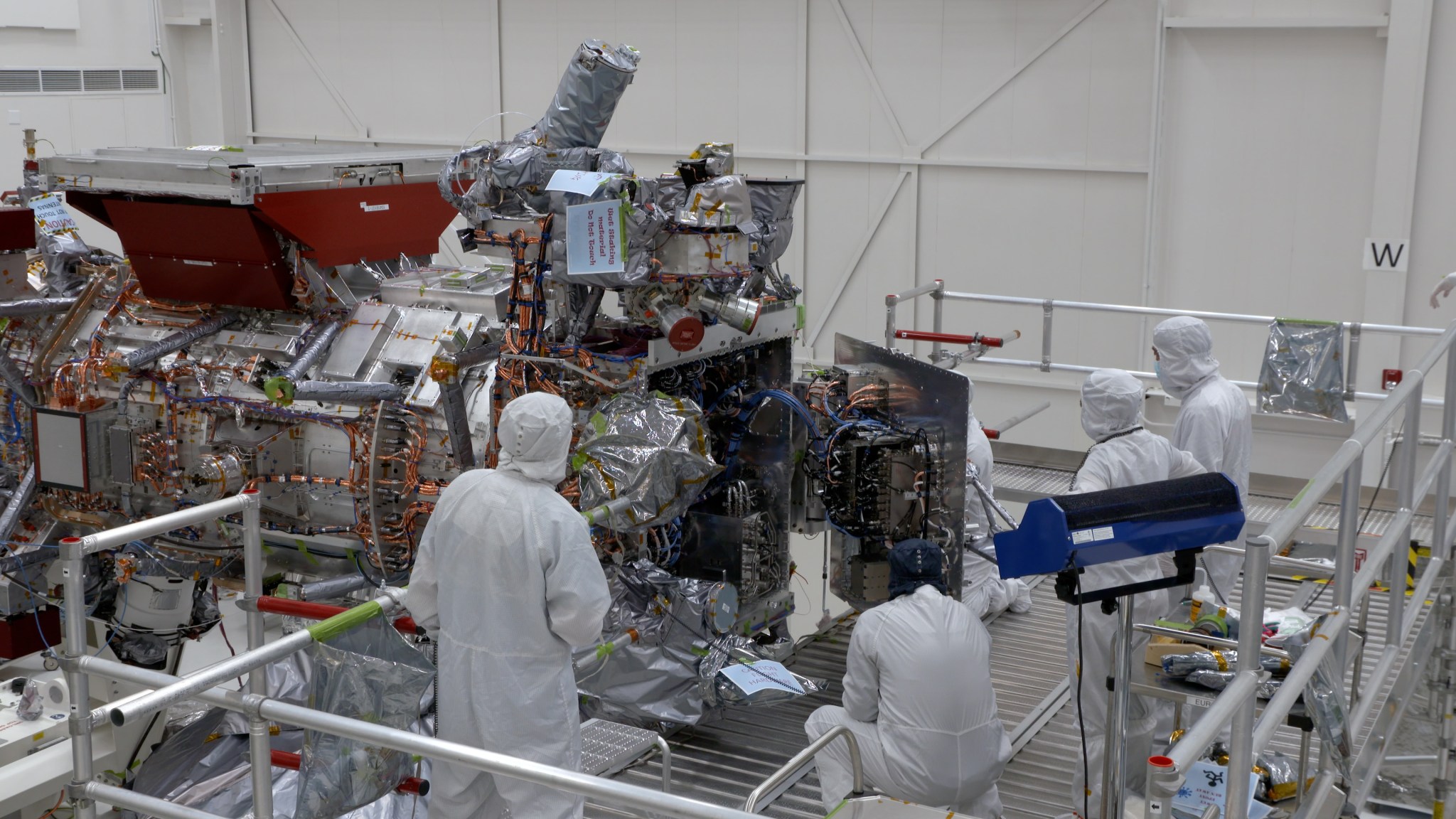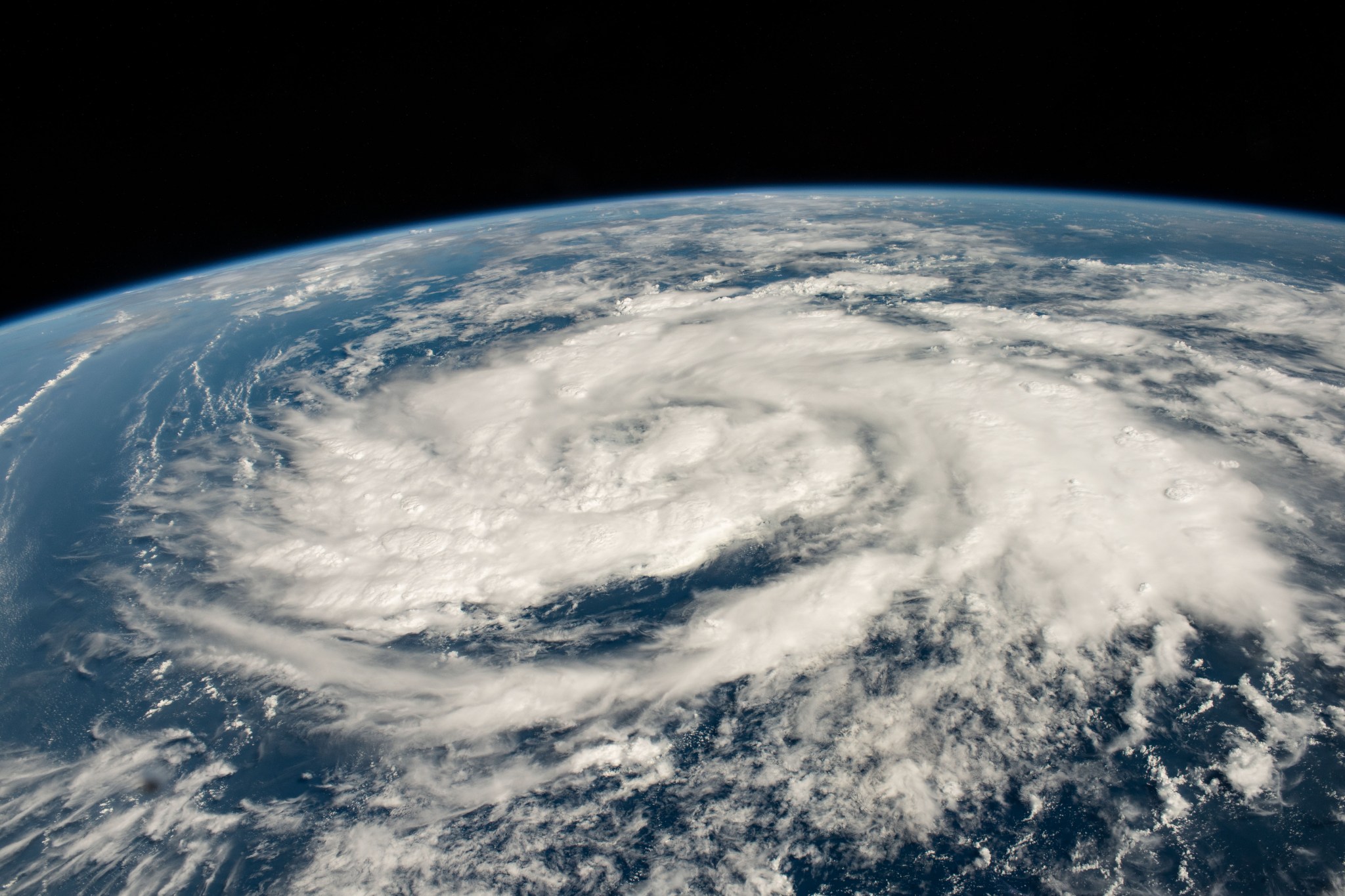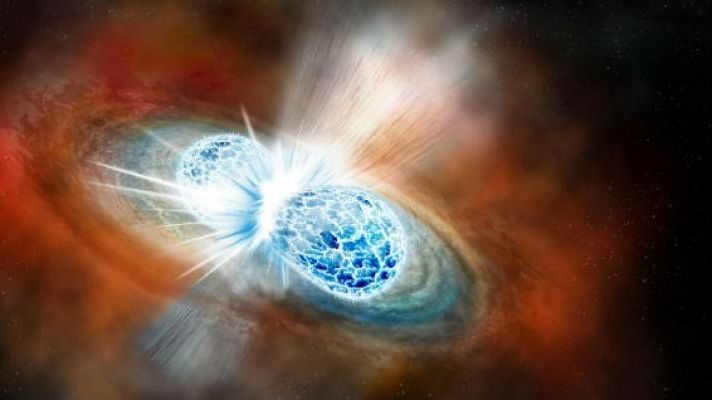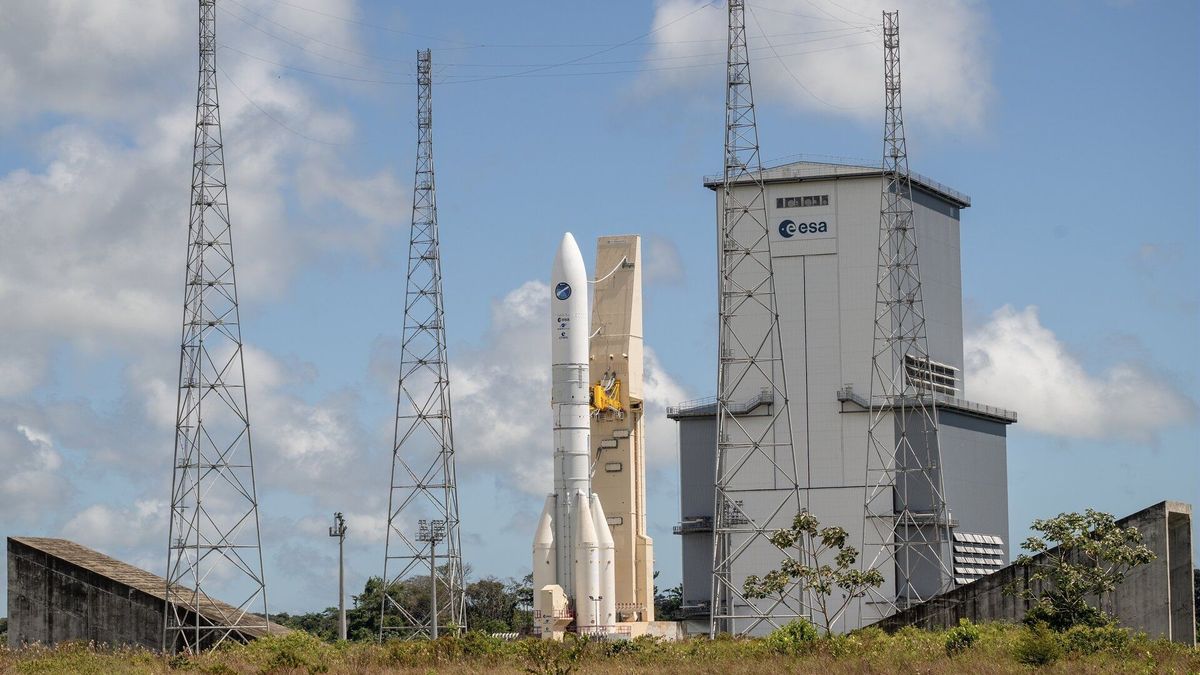An engineer prepares a small rover – part of NASA’s CADRE (Cooperative Autonomous Distributed Robotic Exploration) technology demonstration that’s headed to the Moon – for testing in a thermal vacuum chamber at the agency’s Jet Propulsion Laboratory in Southern California in October 2023.
Read MoreMonth: October 2023
NASA’s First Two-way End-to-End Laser Communications System
5 Min Read NASA’s First Two-way End-to-End Laser Communications System NASA's ILLUMA-T payload communicating with LCRD over laser signals. Credits: NASA/Dave Ryan NASA is demonstrating laser communications on multiple missions – showcasing the benefits infrared light can have for science and exploration missions transmitting terabytes of important data. The International Space Station is getting a “flashy” technology demonstration this November. The ILLUMA-T (Integrated Laser Communications Relay Demonstration Low Earth Orbit User Modem and Amplifier Terminal) payload is launching to the International Space Station to demonstrate how missions in low Earth…
Read MoreHubble Space Telescope reveals an unexpected galaxy trio (photo)
A new image from the Hubble Space Telescope reveals a galaxy overshadowed by its larger, merging companions. Located roughly 500 million light-years from Earth lies a galactic pair collectively known as Arp-Madore 2339-661. The two galaxies are in the process of merging, according to a statement from the European Space Agency. One galaxy is known as NGC 7733 — the smaller galaxy seen in the lower right — and the other is NGC 7734 — the larger galaxy in the upper left. However, hidden in the star-studded spiral arm of…
Read MoreWatch NASA test a 3D-printed rocket nozzle designed for deep space (video)
Engineers at NASA’s Marshall Space Flight Center in Alabama conducted a test of a new 3D-printed rocket nozzle designed for deep space. The test was conducted as part of NASA’s Reactive Additive Manufacturing for the Fourth Industrial Revolution, or RAMFIRE, project. RAMFIRE seeks to investigate the use of 3D printing and aluminum in order to reduce manufacturing times and weight. Reducing mass, and therefore takeoff weight, is a crucial goal for laboratories and space agencies developing hardware for future exploration in deep space far beyond low Earth orbit, said John…
Read MoreHow NASA Is Protecting Europa Clipper From Space Radiation
5 min read How NASA Is Protecting Europa Clipper From Space Radiation Engineers and technicians are seen closing the vault of NASA’s Europa Clipper in the main clean room of the Spacecraft Assembly Facility at JPL on Oct. 7. The vault will protect the electronics of the spacecraft as it orbits Jupiter. NASA/JPL-Caltech To explore the mysterious ice-encrusted moon Europa, the mission will need to endure bombardment by radiation and high-energy particles surrounding Jupiter. When NASA’s Europa Clipper begins orbiting Jupiter to investigate whether its ice-encased moon, Europa, has conditions…
Read MoreA Storm in the Arabian Sea
A storm is pictured in the Arabian Sea less than 700 miles off the coast of Oman as the International Space Station orbited 260 miles above.
Read MoreIV&V Program’s Orion Team Receives Space Flight Awareness Award
FAIRMONT – The NASA Independent Verification & Validation Program’s Orion Team received an award for their contributions to the Artemis I Mission during a ceremony hosted at the I-79 Technology Park, in Fairmont. The Goddard Space Flight Center (GSFC) Space Flight Awareness (SFA) Award Ceremony is an annual event recognizing employees and teams who have made strides in their role in promoting astronaut safety and mission success. Members of the IV&V Orion Team took home the team award for significant contributions “to improving the quality, reliability, and safety of the…
Read MoreObserving Storms from the International Space Station
A storm is pictured in the Arabian Sea less than 700 miles off the coast of Oman as the International Space Station orbited 260 miles above. NASA / Jasmin Moghbeli While the International Space Station orbited 260 miles above Earth on Oct. 20, 2023, astronaut Jasmin Moghbeli snapped this image of a storm in the Arabian Sea, less than 700 miles off the coast of Oman. In addition to photographing our planet from the space station, NASA also observes Earth with satellites. These satellites collect data on storms that scientists…
Read MoreWhat happens when neutron stars collide? Astronomers may finally know
Scientists have used advanced computer modeling to determine the shape of a kilonova, an emission of light that follows the collision and merger of two neutron stars. Extraordinarily, the team discovered that rather than being shaped like smooth, homogeneous spheres or flattened, disk-like explosions, the kilonovas they simulated were filled with “blobs,” or “bubbles.” “This is a significant step forward in the theoretical understanding of what’s going on in neutron star mergers,” Stuart Sim, co-author of a study on the findings and a physicist at the University of Belfast, told…
Read MoreEurope’s new Ariane 6 rocket will undergo crucial engine test fire in November
Europe has set a new date for a key long-duration static-fire test needed to get the new Ariane 6 rocket ready for launch. The Ariane 6 test article rocket will fire its Vulcain 2.1 engine for a full eight minutes (470 seconds), representing the entire flight phase of the core stage. The test will occur sometime in November 2023 at Europe’s spaceport in Kourou, French Guiana, the European Space Agency (ESA) said in a statement on Oct. 19. Another test designed to rehearse launch procedures including engine ignition is…
Read More




